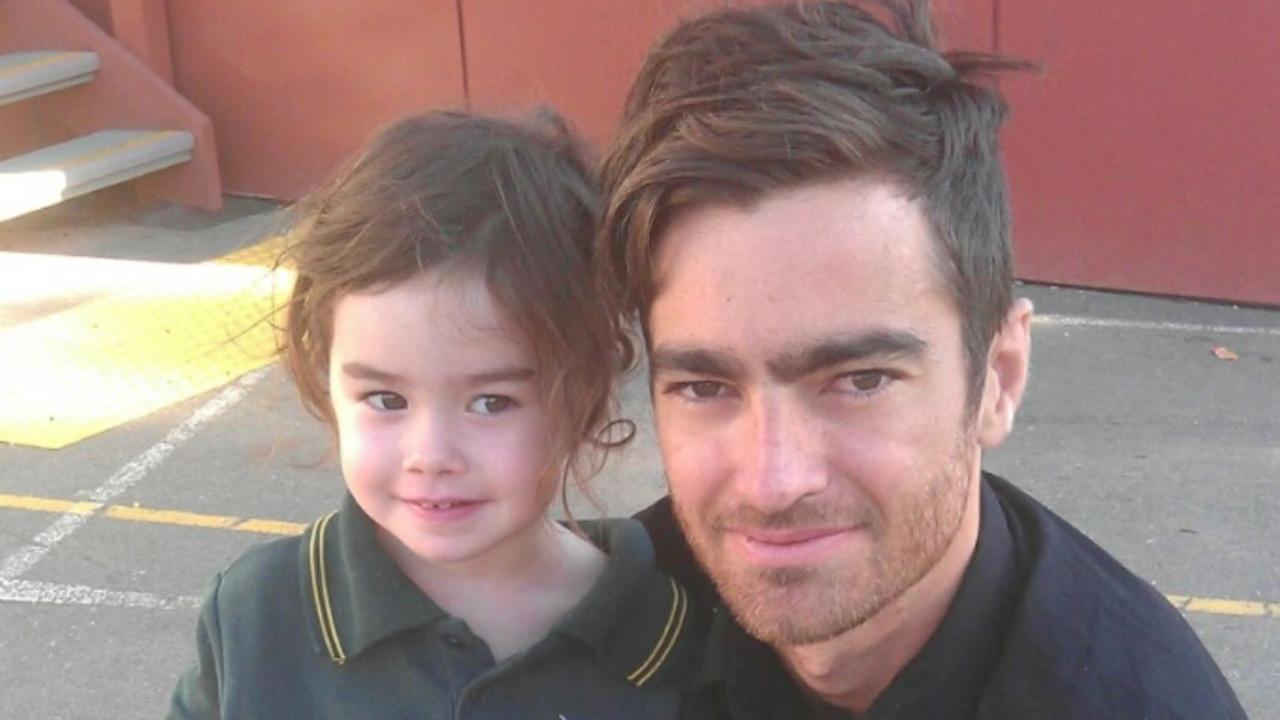Charlotte’s Wish documentary: What a national schools bullying policy could look like
A national approach needs specifics, transparency and an end to ‘rhetoric’ to ensure parents of both bullies and victims know what’s going on, experts say.
National bullying standards for schools across Australia need to be “transparent” to ensure the parents of both bullies and their victims know what is going on, especially in the wake of Charlotte O’Brien’s death, experts say.
State and territory leaders from across the country put their weight behind The Telegraph’s campaign for a consistent national standard in all private, public and government schools over the weekend, to coincide with the launch of the Charlotte’s Wish documentary.
Education expert Ian Hickie, who featured in the documentary, said the biggest step state, territory and federal governments needed to take was to get down to the specifics of what those national standards would look like.
Other countries including Canada and the United States already have bullying laws, which he said tick many of the required boxes.

But in the wake of Charlotte O’Brien’s death, and the claims of her parents Mat and Kelly that her school Santa Sabina College did not do enough about their concerns, Professor Hickie said he believed transparency was a key element to any national standard.
“We really need to go from well-written policies to the standards and what it is that a school must do,” Prof Hickie said.
“How does it investigate specific incidences? What does it do in response? How is that checked? How is it transparent? What process does it go through, particularly if there are very serious incidents, so that it is transparent, independently investigated and that actions are actually taken.
“So it doesn’t matter if you’re an independent school, or a Catholic school, or a government school, you can be confident that the same standard is being applied across all of those organisations to keep your kids as safe as they can be in that school environment.”
Quebec, in southeast Canada, introduced an anti-bullying and anti-violence law for all schools in 2012.
The law focuses on not only clearly defining what is and is not considered bullying, but laying out a number of key elements for all parties involved.
They include schools being required to have proactive measures in place to prevent bullying, ongoing lines of communication with the families of bullies and bullying victims, a variety of ways for bullying to be reported – whether it is from students, school teachers or parents – and specific disciplinary actions.
Just over the border in the United States, all 50 states have some sort of bullying law, however there is no national standard.
More Coverage
Professor Hickie said the time was now for governments in Australia to move beyond the “rhetoric”, comparing the threat of bullying on kids health to adults and cigarettes.
“I think we need to recognise just how toxic bullying is. It’s the smoking equivalent in mental health for young people,” Prof Hickie said.
“But (currently) we have quite variable responses in schools and in communities when it (bullying) actually happens. So we need to move from goodwill, to specific actions that really say ‘we promote prosocial behaviour’ and ‘we’ll investigate, and best we can stamp out very anti-social behaviour’.”
Originally published as Charlotte’s Wish documentary: What a national schools bullying policy could look like






